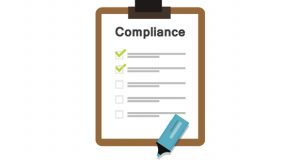Ensuring that a building, site or location is kept clean is not only a legal requirement, but it can have a positive impact on visitors to the organisation. And in the current COVID-19 pandemic, it is crucial that businesses are ...
Read More »Lone workers
Lone workers are those who work by themselves without close or direct supervision, and they can be found in many working environments. EXAMPLES OF LONE WORKING INCLUDE: People working alone in premises, such as shops or kiosks Home workers People ...
Read More »Vulnerable workers
Where workers are more vulnerable to accidents or work related ill health, employers have an enhanced level of responsibility to ensure their health and safety. The groups of workers who may be at increased risk include new and expectant mothers, ...
Read More »Covid-secure workplaces
On 11 May 2020 the UK Government published ‘Our Plan to Rebuild: The UK Government’s COVID-19 Recovery Strategy’ together with eight workplace-specific guides. These documents provide an overview for employers as to how they can safely get their employees back ...
Read More »Home working essentials for managers
Under strict new measures to try to slow the spread of coronavirus all non-key workers in the UK have been told to work from home. Here, we look at the responsibilities of FMs in ensuring compliance is maintained for remote ...
Read More »Slips, trips and falls
According to the Health and Safety Executive, slips, trips and falls are the single most common cause of major incidents in UK workplaces, accounting for 20% of all reported specified (major) injuries in 2016/17. The key risk factors are: Poor ...
Read More »Working at height
The first FMJ/Barbour EHS regular compliance piece covering Health and Safety, Environment and Energy, Estates and Facilities Management; focuses on working from height The main piece of legislation governing work at height is the Work at Height Regulations 2005. These ...
Read More »




